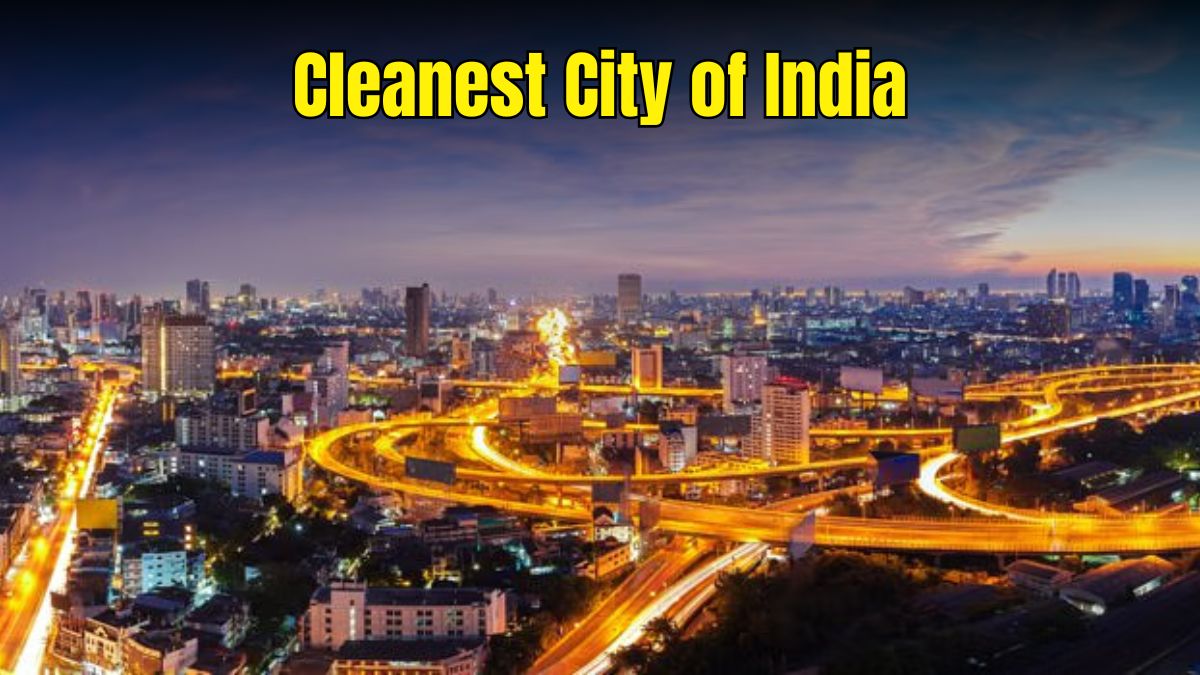After Diwali, air quality in India briefly improved, but now another problem has arrived from far away. On November 23, the Hayli Gubbi volcano in Ethiopia erupted, sending ash high into the sky. The ash traveled across the Red Sea and Middle East, affecting India’s air.
Cities like Mumbai now have an AQI around 200 (Poor), while Delhi and nearby areas have reached 325 (Severe). Despite this, some Indian cities are still enjoying clean air, with AQI under 50, considered good.
As of 9am on November 26, 2025, the 5 Indian cities with the best air quality are:
-
Shillong, Meghalaya – AQI: 39
-
Jammu, Jammu & Kashmir – AQI: 39
-
Darjeeling, West Bengal – AQI: 44
-
Ooty, Tamil Nadu – AQI: 50
-
Gangtok, Sikkim – AQI: 50
What is AQI?
AQI stands for Air Quality Index, a measure of how clean or polluted the air is. Here’s a simple guide:
-
0-50: Good (Low risk)
-
51-100: Satisfactory
-
101-200: Moderate
-
201-300: Poor
-
301-400: Very Poor
-
401-500: Severe
Remember, AQI changes throughout the day, so it’s always good to check updates regularly.
#CleanAirIndia #AQIUpdate #IndianCities #AirQualityIndex #PollutionUpdate #HealthyAir #Shillong #Jammu #Darjeeling #Ooty #Gangtok #EnvironmentNews #AirPollution #AQINews
